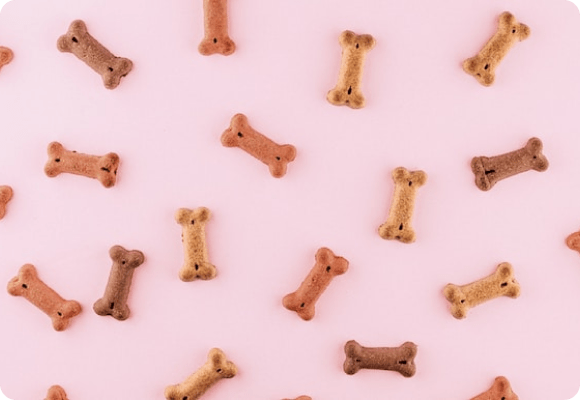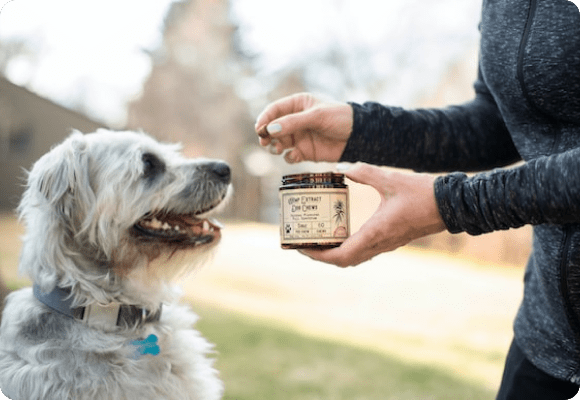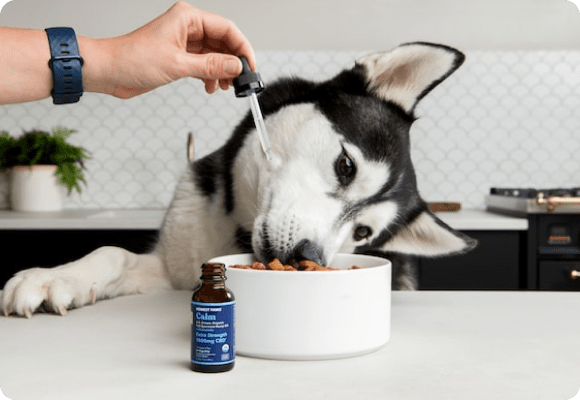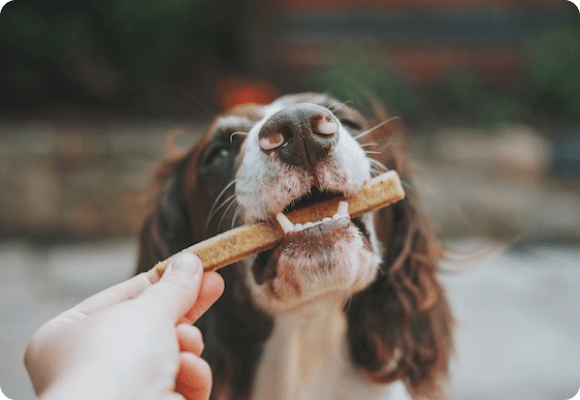Bullmastiff Dog Breed Facts: History, Health Traits, and Characteristics

Table of Contents
Bullmastiff Breed Card
Bullmastiff Breed Overview
Group
Working Dog
Height
24-27 inches tall
Breed Recognition
Yes
Weight
100-130 pounds
Country of Origin
England
Personality
Loyal, Affectionate, Brave
Lifespan
7-9 years
Shedding
Moderate
Bullmastiff History
The Bullmastiff is a very large dog developed in 18th century England by crossing Bulldogs with English Mastiffs. They were bred to go after game poachers, hence their nickname – The Gamekeeper’s Night dog.
Bullmastiffs were also used by hunters because of their ability to track prey through thick underbrush and deep snow conditions. As time went on, people began using them as guard dogs for their homes as well as watch dogs due to their strength, courage, and intelligence.
The Bullmastiff dog was recognized as a purebred dog by the American Kennel Club (AKC) in 1934. Today, this loving dog makes an excellent family dog.
Cost ✅
COST LEVEL
Low End: $1000
High End: $3500
Bullmastiff Physical Traits
General Appearance💡
Bullmastiffs are large dogs with thick, muscular bodies and short coats. They have broad heads with wide muzzles and large, dark eyes. The ears are long and hang down on the sides of the head. They have a strong jawline and a spiked tail that curls over their back when they are excited or alert.
The Bullmastiff is muscular and well-balanced. Its chest should be deep and broad with a strong back and loin. The tail is set low on the hindquarters and hangs down between the legs when at rest but may be carried above the back when excited.
The head is wide at the top, with a flat skull, large teeth, and high cheekbones. When alert, there should be some wrinkling in the facial features. The muzzle is deep, the nose is black, and the nostrils are large. The eyes are almond-shaped and brown or hazel-colored, while the ears are set low on the head, hanging close to the cheeks when at attention.
The coat is smooth and short. It does not shed very much and does not require4 frequent grooming. Acceptable coat colors include fawn, fawn brindle, red, red brindle, red fawn, and red fawn brindle. A black mask is also common and allowed.
Size & Weight ❤️
Height: 25-27 inches
Weight: 110-130 pounds
Height: 24-26 inches
Weight: 100-120 pounds
Coat & Color
Eye Color
Dark hazel or brown
Coat Color
Red, fawn, brindle
Coat Length
Short
Coat Texture
Coarse
Bullmastiff Temperament and Personality
The Bullmastiff is a large, strong dog with a quiet, calm temperament. It’s highly intelligent and brave, making it an excellent guard dog. They are loyal to their family members and love to please their owners.
These laid-back dogs seem to get a little suspicious when new people enter a home. While Bullmastiffs are family-oriented and loyal, they’re still independent thinkers with their own mindsets.
Kid Friendly?
GOOD WITH KIDS
Bad Idea
Excellent Nanny
Yes, the Bullmastiff is kid-friendly.
Bullmastiffs are often bred as family pets and are considered to be gentle giants. One thing to keep in mind is that these dogs can be large and heavy. If you have small children, it’s a good idea to help them around a dog like this and make sure the dog doesn’t accidentally sit on them or knock them down without meaning to do so.
Good with Other Pets?
GOOD WITH PETS
Bad Idea
Friendly Socialite
Yes, Bullmastiffs are good with other pets if socialized from an early age.
Bullmastiffs are generally good with other pets, but this can vary depending on the pet and its personality. Bullmastiffs are known for their gentle nature, but they do tend to be protective of what they believe is theirs and may view other animals as intruders. This means that it could take some time for a Bullmastiff to adjust to new pets in the house.
Barks a Lot?
BARKING LEVEL
When Neccessary
Noise Maker
No, the Bullmastiff doesn’t bark a lot.
One of the most interesting things about this breed is how quiet and calm they are. They are known to be silent guard dogs and will only bark when there’s a need for alarm. They can be trained to bark on command, but most won’t naturally do this, and even if they do, it’s not very loud.
Can Be Left Alone?
LEFT ALONE
Likes Being Alone
Sepration Anxiety
No, Bullmastiffs do not like being left alone.
While Bullmastiffs are loyal and gentle dogs that make great family pets, they do not enjoy being left alone for long periods. Bullmastiffs have been known to go through bouts of separation anxiety when their owners leave them for too long.
Bullmastiff Training
Training this large breed requires consistent positive reinforcement from the owner. Bullmastiffs are known for their independence, so they aren’t the easiest breed to train.
The key to training a Bullmastiff is to be firm but fair. The dog needs to know that you’re in charge, but it’s important to do it with respect. If you’re harsh or punitive with your dog, it will only learn to distrust you and may become more resistant to training later on.
When you just get a new Bullmastiff, the first thing you’ll want to do is socialize your puppy with other people and animals. This will help keep it from becoming too aggressive or territorial as it grows up. You should also work on crate training your puppy so that it can get used to spending time in its crate while alone. This will make it easier for it to stay in the crate when it travels or visits friends’ houses because it will be something familiar to it
After socialization, you can start getting your Bullmastiff used to basic obedience commands like sit, stay, come, and heel — these are the basics of any good dog owner’s repertoire of skills. Once it has mastered these basic commands, you can move on to more advanced commands.
Bullmastiff Needs
The Bullmastiff is a powerful and dignified dog that needs an owner who understands that they need a lot of attention. They also need frequent wiping, as they are prone to heavy drooling.
These dogs require firm leadership and lots of attention from their owners. A common misconception is that the Bullmastiff will be aggressive toward other dogs or people, but this breed is just protective of its family and territory.
Nutritional Requirements
FOOD MOTIVATED
Picky Eater
Voracious Eater
Bullmastiffs require high-quality dog food with lots of protein, fat, and carbohydrates to maintain their weight. They are very food-motivated, which makes training a bit easier, considering you can use low-calorie treats for rewards. They are prone to obesity, so the treats need to be used sparingly.
Bullmastiffs are prone to gastric dilatation and volvulus – a life-threatening condition that can be prevented by setting an adequate feeding regimen and using slow-feeder bowls.
Exercise & Activity Levels
ENERGY LEVEL
Couch Potato
Go-All-Day Stamina
Bullmastiffs require a moderate amount of exercise but are not considered high-energy. They are more laid back than other breeds and have a calm demeanor. They may chase the occasional squirrel or cat, but they are not high-strung and will come back when called.
In general, these dogs do well with about an hour of daily exercise, though that can include going for walks or playing in the backyard.
Grooming Needs
SHEDDING LEVEL
No Shedding
Shedding Machine
The Bullmastiff’s short hair requires minimal grooming. Brush your dog regularly with a slicker brush or rubber curry brush to remove loose hairs and debris from his coat. Brushing also helps distribute natural oils through his coat to keep it shiny and healthy looking.
Bathe it using an all-natural shampoo formulated for dogs with short coats. Trim the nails every couple of weeks if needed. You should also check their ears for wax buildup or debris that could indicate an infection.
Bullmastiff Average Lifespan
The average lifespan of the Bullmastiff is 7-9 years. Large dogs typically have a lower lifespan in comparison to smaller dogs. However, with the right nutrition, exercise, and regular vet exams, a Bullmastiff can live a healthy life.
Commom Health Problems
- Hip Dysplasia: These large dogs are susceptible to hip dysplasia. This is when the hip joint isn’t aligned properly with the socket. Some of the symptoms associated with this are pain, inflammation, and irritation.
- Hypothyroidism: This health condition is when the thyroid does not produce adequate levels of thyroid hormones. Some of the symptoms associated with this are reduced heart rate, hair loss, thirst, and changes in appetite.
- Cancer: Members of this giant breed are prone to several forms of cancer, including mast cell tumors, lymphoma, hemangiosarcoma, and osteosarcoma.
- Heart Disease: Bullmastiffs are prone to heart disease. Subaortic stenosis is one such disease, and this is when the aorta narrows in size, making it more difficult for blood to pass through to the rest of the body.
- Gastric Dilatation Volvulus (GDV): This twisting of the stomach (also known as bloat) is more common in larger dogs with broad chests. It happens when the dog exercises immediately after or before meals, and if it eats too fast.
- Entropion & Ectropion: These eyelid abnormalities (inward and outward inversions) damage the cornea and may even cause vision problems if left untreated.
Recommended Health Tests
- Hip evaluation
- Elbow evaluation
- Ophthalmologist evaluation
- Thyroid evaluation
- Cardiac exam
Tips for New Bullmastiff Owners
Here are some tips for raising a healthy Bullmastiff:
Tip 1
Find a Reputable Breeder: You should look for a breeder that is up-to-date with all of the standards set out by the American Bullmastiff Association. Ensure your breeder tests the health and genetics of all of its dogs. Take a look at the living conditions of the Bullmastiff puppies.
Tip 2
Get Puppy/Dog Products in Advance: Before you get your new Bullmastiff puppy, always be prepared before you even take ownership of it. This involves everything from a food/water bowl, a dog crate, dog toys, treats, and a bed.
Tip 3
Socialize your Dog: Give your Bullmastiff plenty of opportunities to socialize with other dogs. Taking it to the dog park regularly is one option. You can also invite friends who also have dogs over.
Tip 4
Scheduled Feeding Time: It is important to allow your Bullmastiff to rest before and after meals to prevent gastric torsion. You should also use a slow-feeding bowl as these dogs are voracious eaters and tend to gulp down on their food.
Bullmastiff Similar Breeds
– Cane Corso
– Dogue De Bordeaux
– Mastiff
Bullmastiff Supplies You Need
There are some important supplies you need for a Bullmastiff. You’ll need a proper-fitting collar and leash. These dogs have enormous pulling strength, so a no-pull harness will make your life easier.
Because Bullmastiffs are more prone to hip and elbow dysplasia, it’s recommended to purchase an orthopedic bed for extra large dogs for added joint support. Due to the high risk of stomach issues, you will also need a slow-feeding food bowl.
While Bullmastiffs aren’t as high-energy as other breeds, they still enjoy playing with toys. Keep durability and safety in mind when choosing toys – indestructible dog toys are recommended.
Best Dog Beds for Bullmastiffs
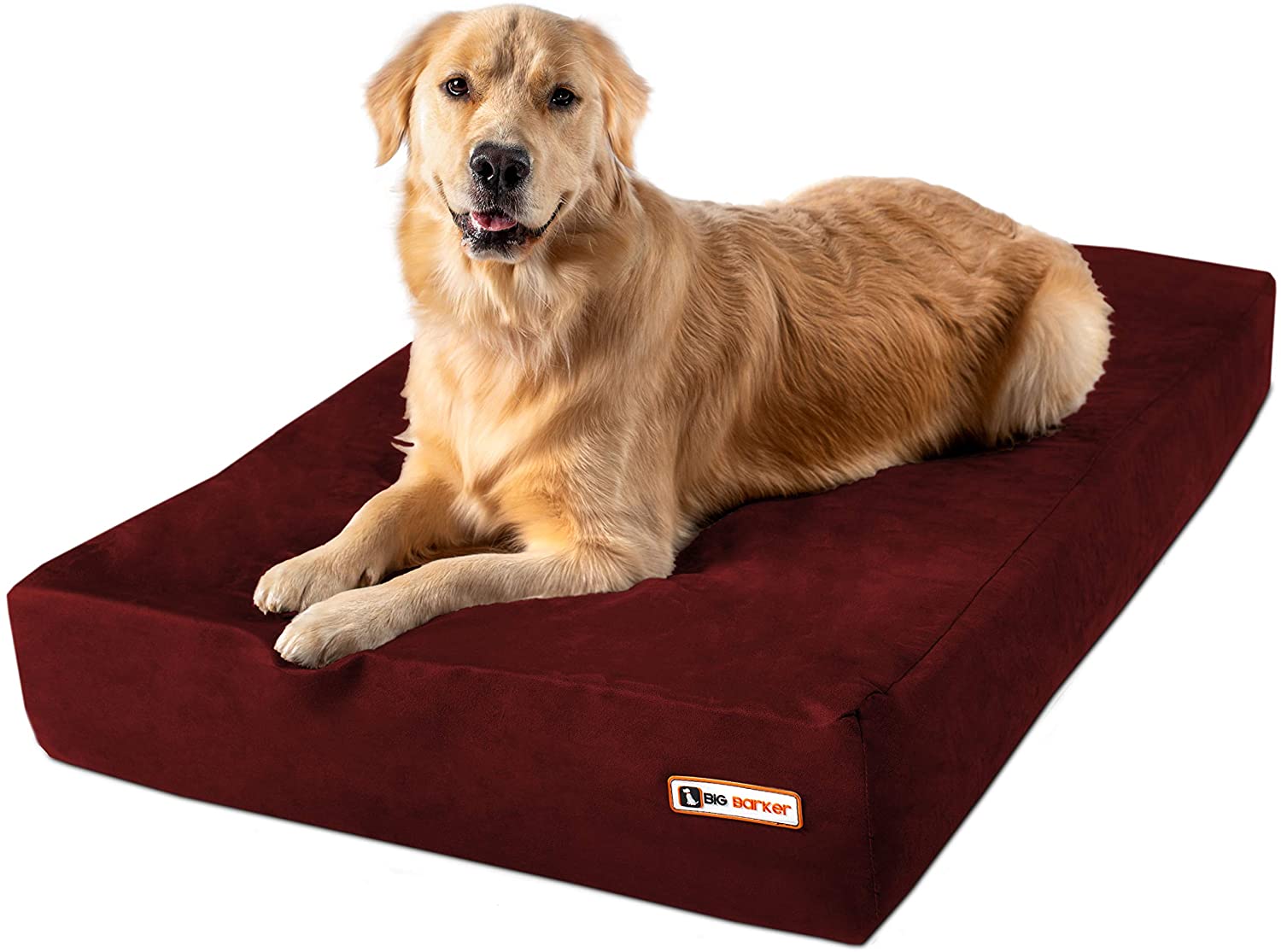

Best Dog Food for Bullmastiffs

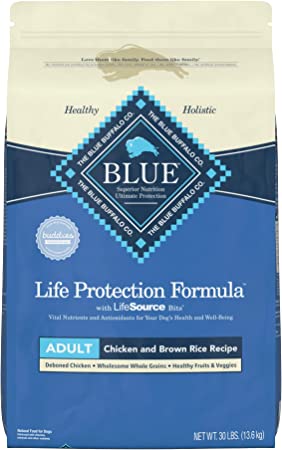
Best Dog Supplements for Bullmastiffs

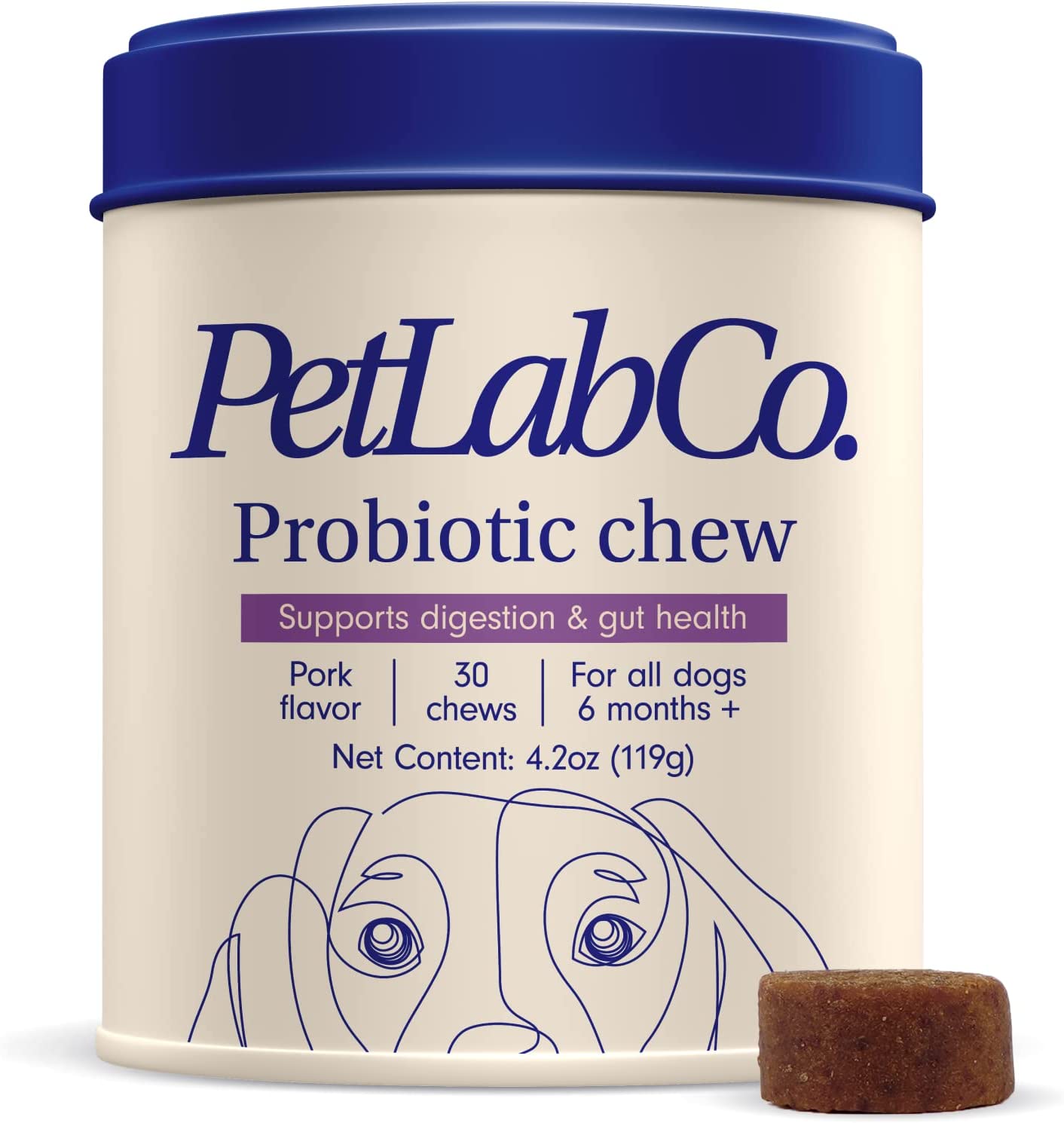
Bullmastiff Fun Facts
If you’re considering getting a Bullmastiff, here are some fun facts you should know:
Fun Fact 1
Despite their intimidating size, Bullmastiffs have surprisingly little stamina and will become tired if too much running or exertion is required of them.
Fun Fact 2
The Bullmastiff was used as a working dog by police forces in England in the 1800s to help round up criminals and other dangerous criminals, such as escaped prisoners.
Fun Fact 3
John D. Rockefeller imported Bullmastiffs to the United States in the 1920s to protect his estate.
Fun Fact 4
In the film, “Rocky,” Rocky’s dog Butkus is a Bullmastiff. The production couldn’t afford a trained movie dog, so Sylvester Stallone used his own Bullmastiff.
Fun Fact 5
The Bullmastiff tends to drool and slobber a lot.
Why Trust Us?
This article was written by pet parents, for pet parents, and reviewed by our expert veterinary panel. We understand you want to ensure you are only using the best products to support your pet’s health and happiness. At onevet.ai our mission is to provide you with the most up-to-date information and resources you need on the products you buy for your pet.
Our specialized content team of writers, reviewers, and veterinarians analyzes all of the information for you and presents it in an easy-to-understand format. We independently research and test the best products so you can make an informed decision since your pet only deserves the best.


















